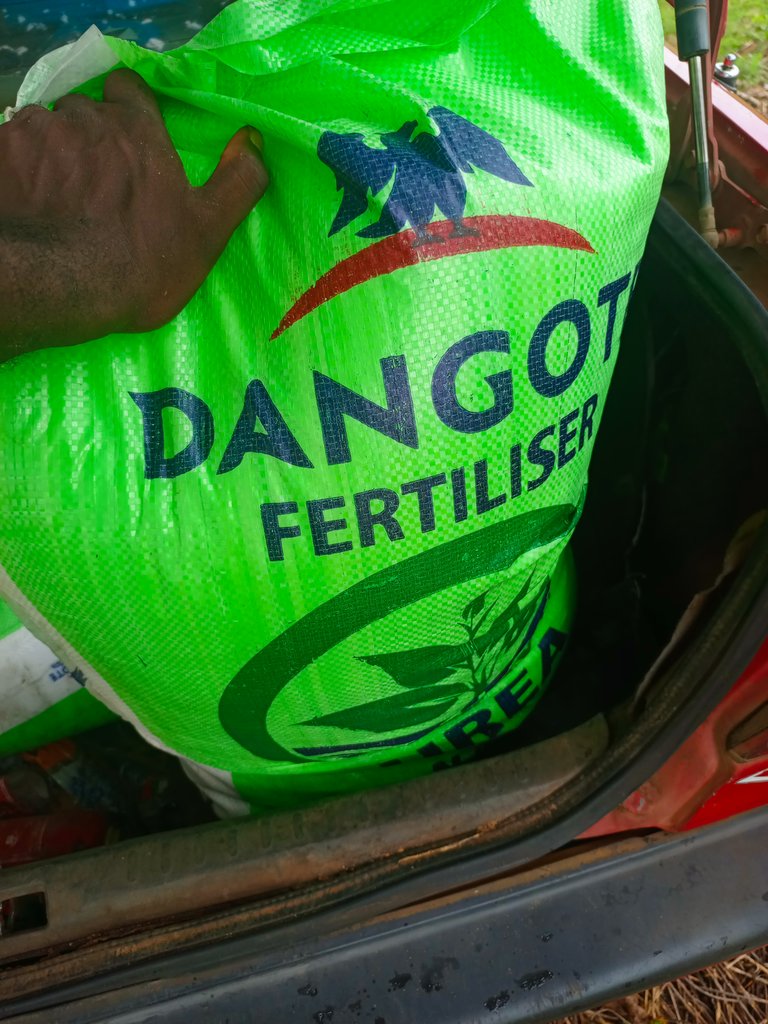
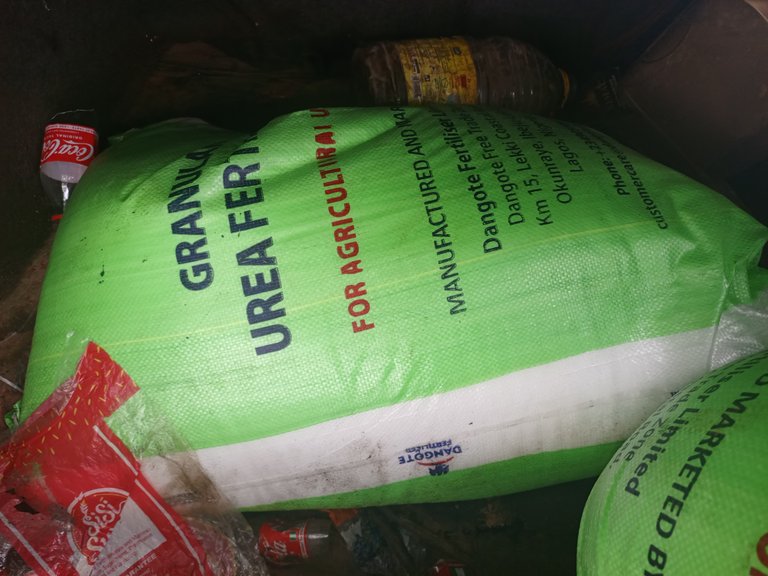
Taking a cue from the last NPK fertilizer application, which cost us two bags at a rate of N43, 000 each, I made an order for two bags of urea, which we planned to use for the four acres of farmland. Soybeans are a nitrogen-fixing crop and do not require fertilizer application. The 50 kg of urea fertilizer were obtained at a cost of ₦36,500 each. The price has been spiking as it was put at ₦36, 000 two weeks ago.The team got to the farm just about 8 a.m., and lucky for us, the weather had cleared a bit, and with the zeal to work, we set out right away. Thankfully, just a drizzle of rain did not impede our work on the farm.

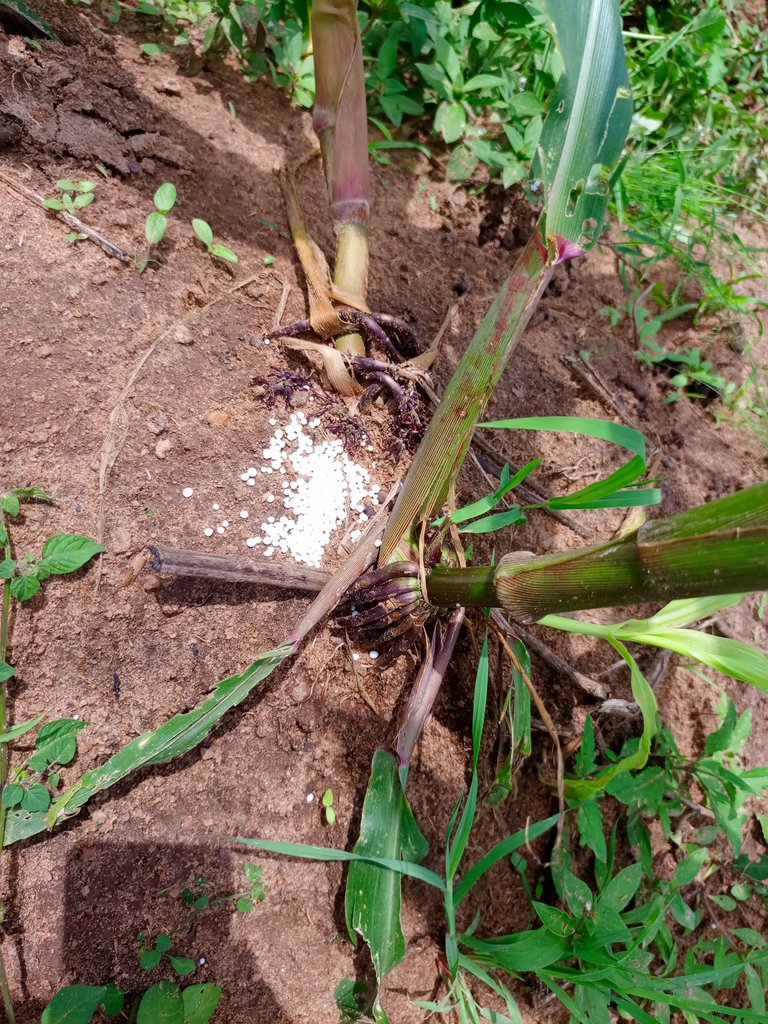
With each member of the team picking two rows, left and right, we moved at a similar pace, even though some of us moved with more agility and speed. Involving friends in the fertilizer application may have inconvenienced my friends, but this saved us the cost of hiring manual laborers for the task. Our target was the corn, which by now is about eight weeks old and, within a month, should be due for harvesting. The necessity of urea is important because of the continuous mixed cropping of guinea corn and cassava after we harvest both corn and soybeans. We wouldn't want to deplete the soil nutrients, especially in the following year. Thankfully, the index farm had been left fallow for a while.
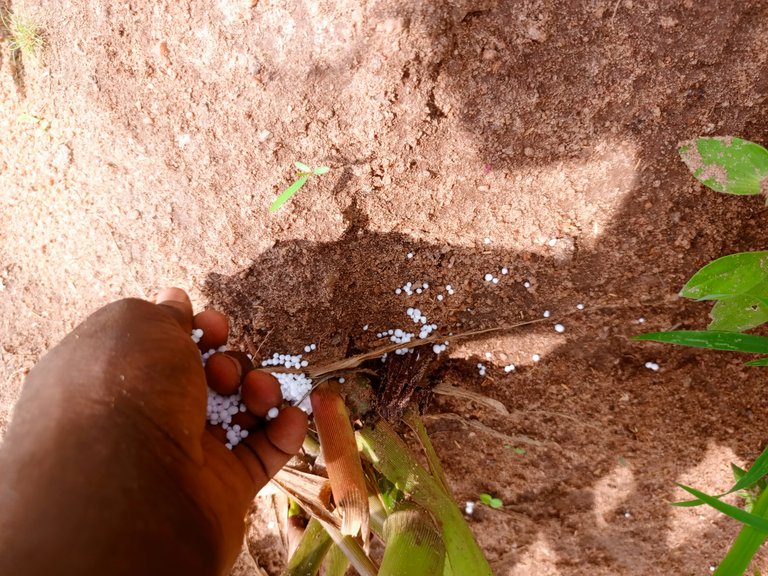
We shared the fertilizer in small nylon containers and used our bare hands to drop some quantities right at the base of the corn, a few centimeters away. Perhaps the error I made was using my bare hands to apply the fertilizer, just like others, as I had a sore mouth after consuming a loaf of bread with the same hand despite washing the hand with water. It's a lesson for me to use gloves, have soap handy to wash my hands after fertilizer application, or delay eating until I am well washed up. Covering four acres of farmland, however, was not easy, as our energies could not be compared to one another. Nonetheless, we worked hard, and within four hours, we were done with the whole farm land. The interesting part was that we were able to manage just a bag of urea fertilizer for the second phase of fertilizer application. And since we already procured an extra bag, selling it would likely be at a loss as others would want to pry and exploit us. Thus, the extra bag is reserved for guinea corn when it is eventually cultivated.

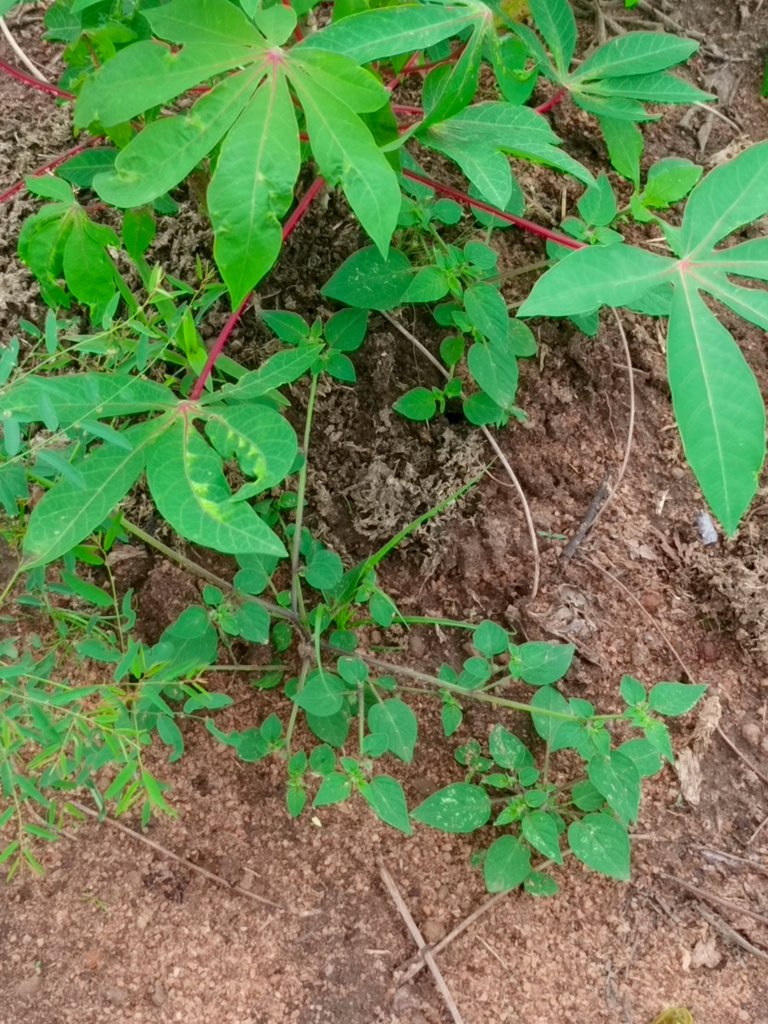
I was fortunate to see a nearby farmer who had applied organic manure to his soil to improve crop yields. I wish I had gotten something similar, but the logistics of getting and applying it to our soil would cost us much more than we could afford. Also, the availability of the quantity to cater for the four acres was going to be a challenge. Nonetheless, such opportunities should be explored when they are available. Take-away packs of food was shared ro each participant and hopefully when harvest is done, I could do better to them.
I hope to have another weeding of the farm land soon so as to give the proposed guinea corn planting enough room to thrive. This is my next target before the corn harvesting.
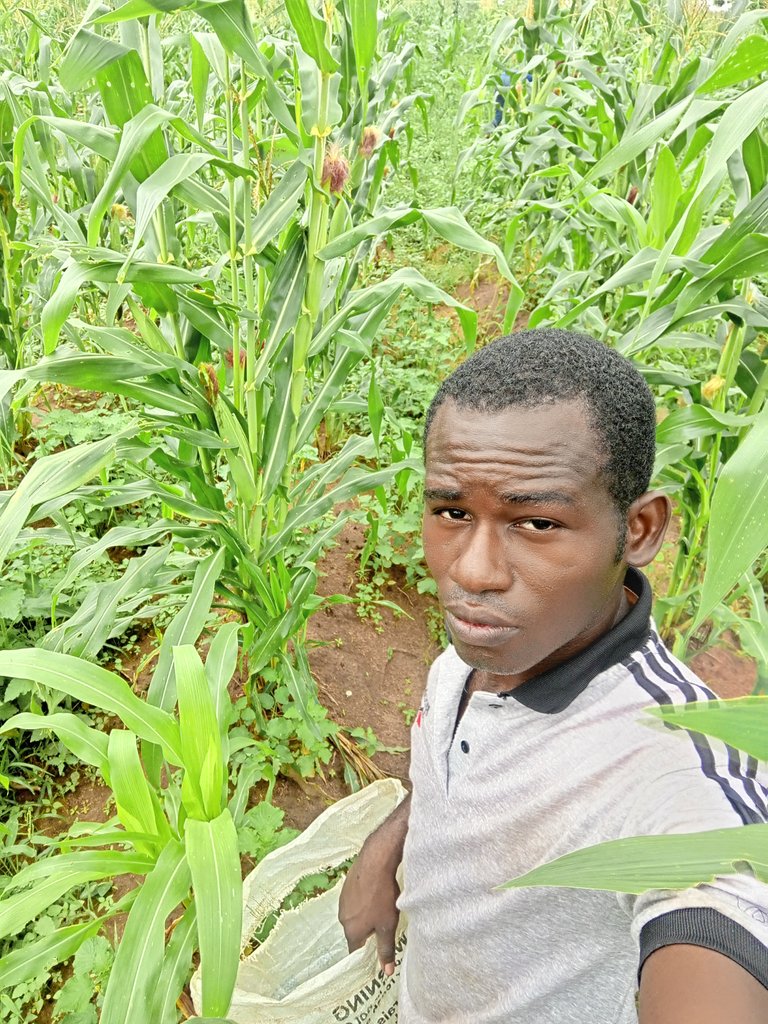

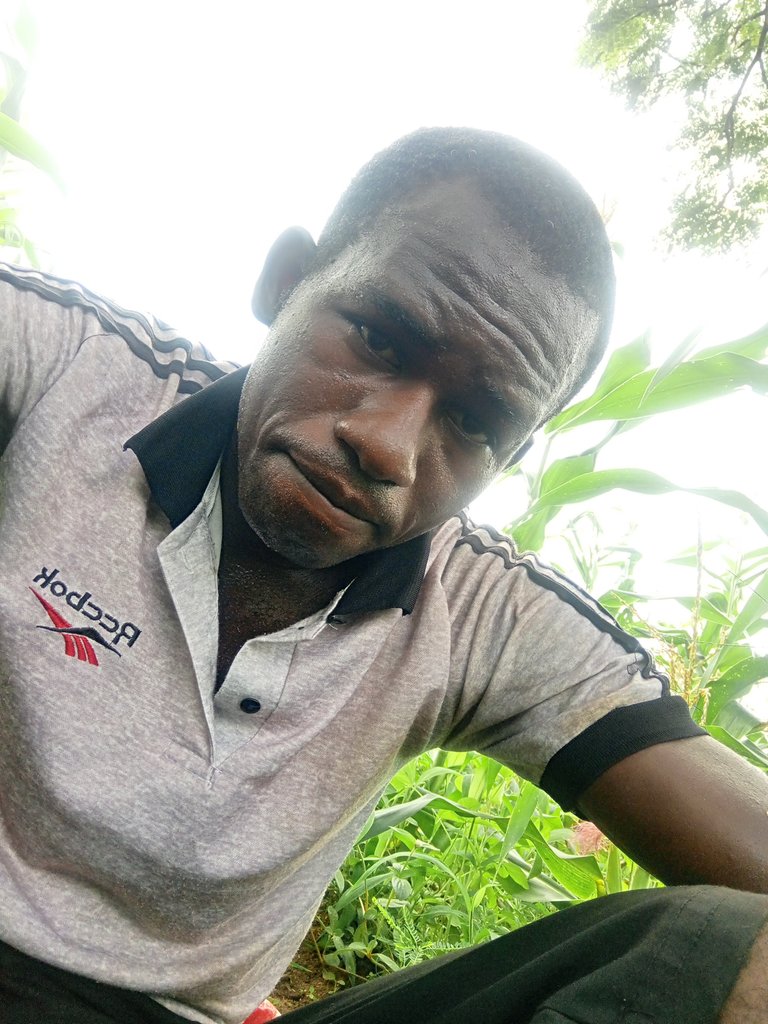
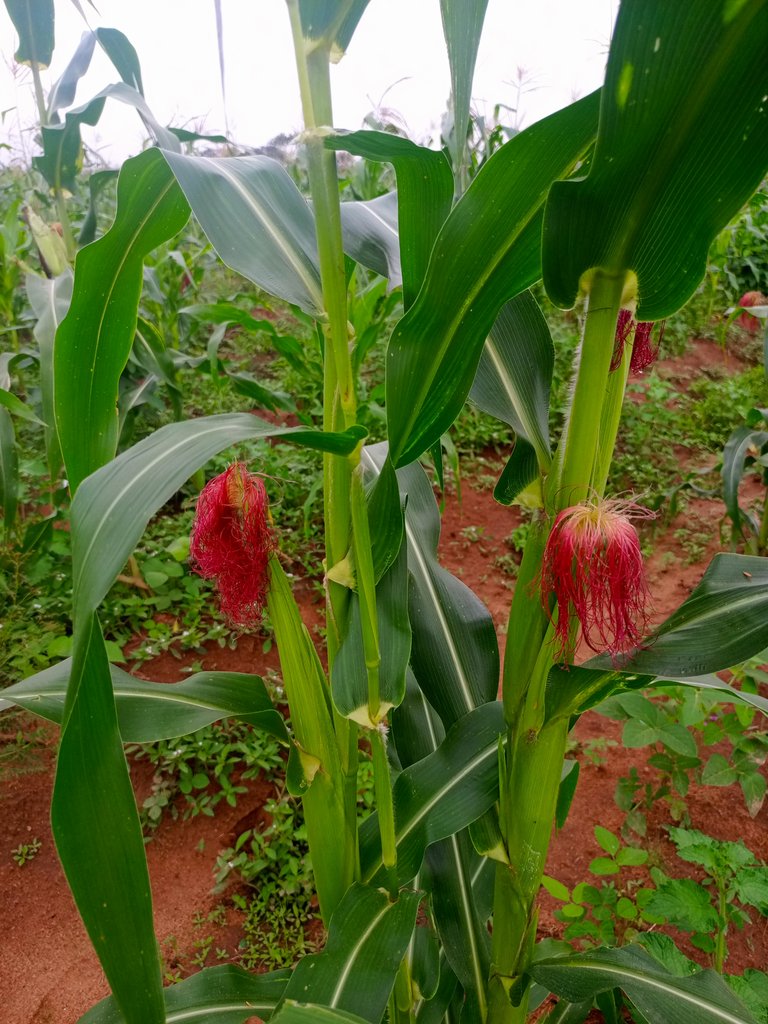
Thank you for reading. I would love to have your comments and contributions.
This is lovely, Dr. I am presently working on a research to formulate slow release fertilizer. I think the future of sustainable farming is in such type of fertilizer. After applying it once, the release of the nutrients would be a slow and gradual process to cover the period of maturity. This will help control leaching.
This is beautiful to read. Such innovation would definitely be welcomed
Just out of curiosity, are there no natural alternatives to NPK fertilizer?
The organic manure is an alternative and other than that, let the soil lay fallow for at least two years so the nutrients can be recouped. Thank you dear
That bush fallowing is too long a time. How about bush burning? Heard it adds nutrients to the soil too.
You are welcome 🙂
Bush burning destroys soil nutrients and organic contents. Thank you
Ok noted.
Soil degradation Unfortunately, burning destroys the organic contents and nutrients